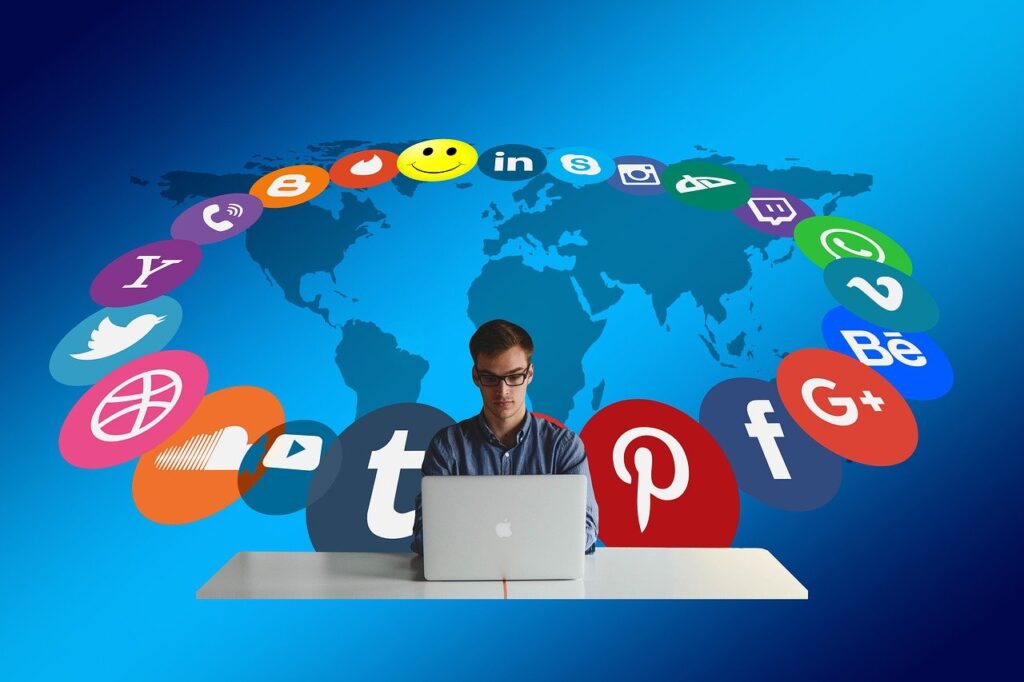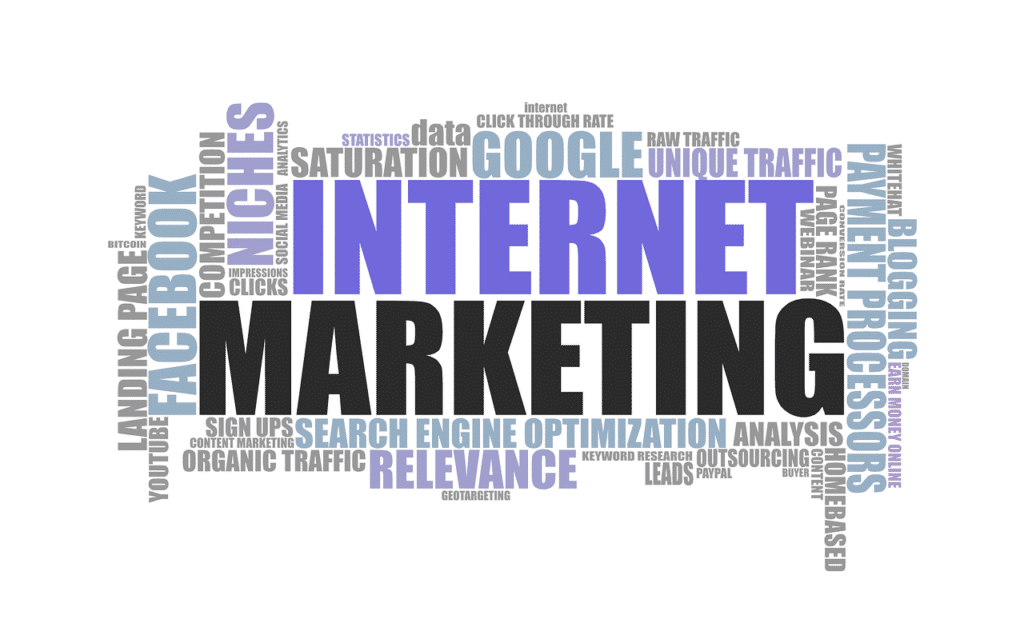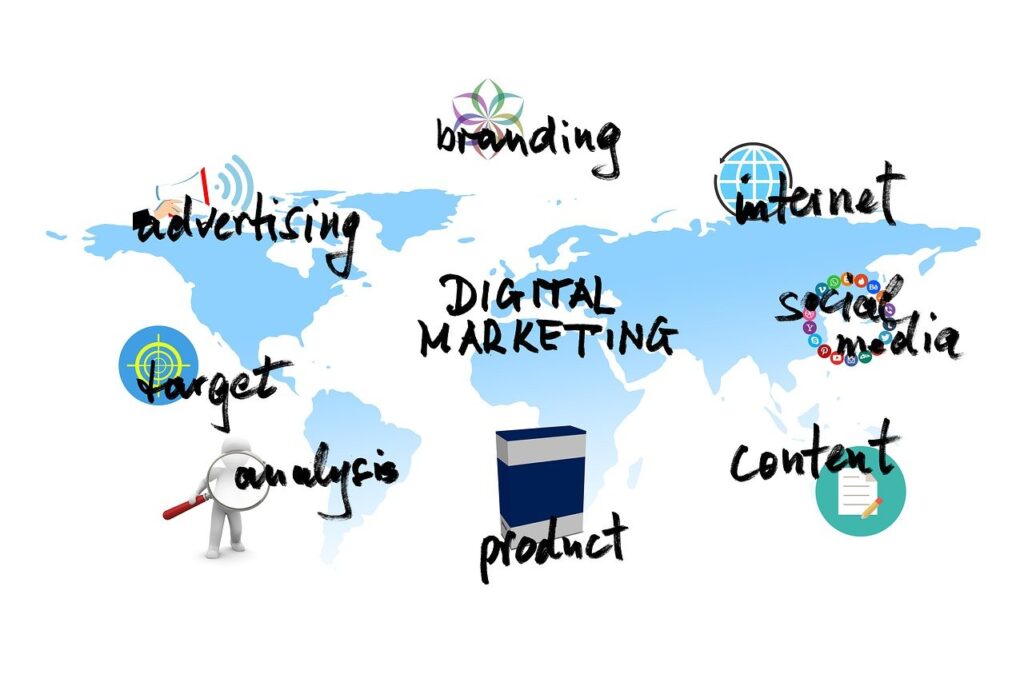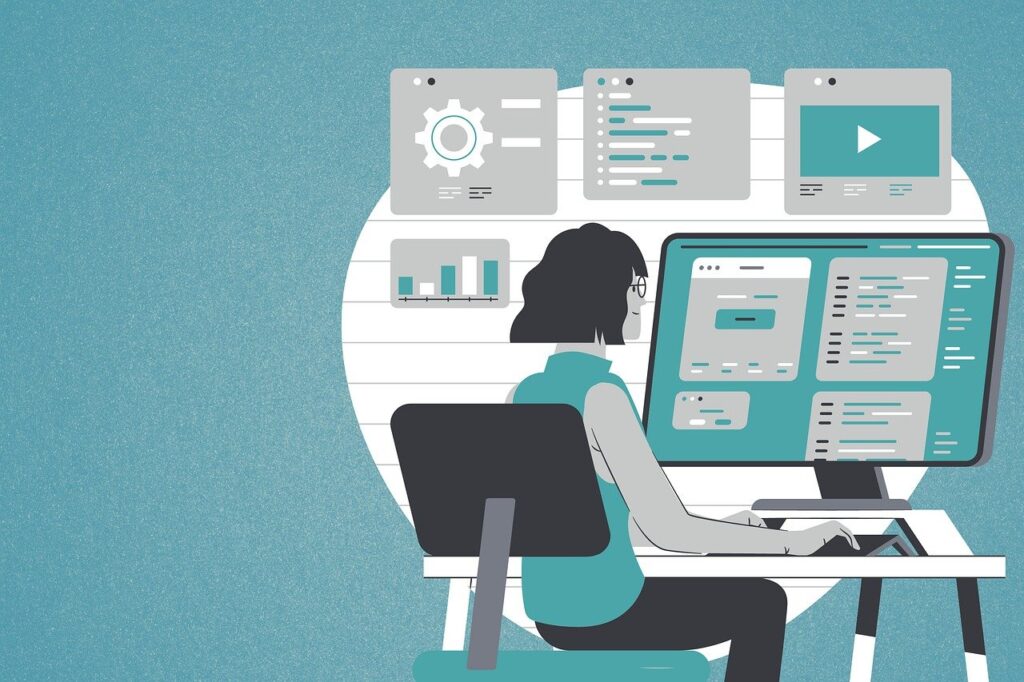Open any Indian smartphone and you’ll see the change. A reel from a café in Indore runs while someone’s on the metro. A Jaipur boutique closes a deal through a Click-to-WhatsApp ad. A UPI transaction is finished in two taps, faster than you can pull out a wallet. A Tamil YouTube Shorts tutorial casually hits a million views.
This isn’t some “future forecast.” It’s the present. And it’s messy, loud, deeply local — and at the same time, global. That’s the future of digital marketing in India: shaped by scale, powered by data, pulled forward by technology, but rooted in very human habits.

Why India Doesn’t Play by Global Rules
India’s digital story doesn’t mirror the West. It bends differently. Why?
- Dirt-cheap data and a billion phones → short videos and messages rule.
- UPI is everywhere → discovery and payment are basically the same step now.
- Hindi, Tamil, Bengali, Marathi, Telugu, Kannada → people are online in their own languages, not just English.
- New rules like the DPDP Act push marketers toward consent-driven data collection.
- ONDC, quick-commerce ads, and retail media shelves (Amazon, Flipkart, Blinkit, Zepto) create new shopfronts where people already scroll.
If you’re planning campaigns in 2025, you can’t just copy-paste global playbooks. You’ve got to adapt to how Indians search, scroll, and shop.

Vernacular & Voice: Not Everyone Googles in English
Here’s the thing: the next 100 million Indians coming online will not type in English. They’ll ask Google Assistant in Hindi, or say “best kurta under 999” in Hinglish. They’ll shop in Tamil, watch reviews in Telugu, and search “सस्ती किचन चिमनी” when they need an appliance.
If your site doesn’t answer in their language, you’re invisible.
What to do? Build multilingual pages, not clumsy auto-translations. Add FAQs in Hindi or regional languages. Shoot videos with subtitles so anyone can follow. Test voice funnels like “speak to order” or “send on WhatsApp.” It feels small, but it’s exactly where the market is moving.
Short Video: The New Prime-Time
scrolling through Reels or YouTube Shorts has become the new tea break. Ten minutes, five videos, three ads tucked in between. Short-form video isn’t “optional” anymore. It’s where products are discovered.
But attention is brutal. You’ve got two seconds to hook. Shoot vertical, add captions, keep it raw. People don’t need polished corporate videos; they want quick demos, before-and-after clips, real customer reactions.
The smart brands don’t just post — they tie videos to Click-to-WhatsApp ads, so curiosity turns into conversation right away.

Creators Over Celebrities
Let’s be honest: people trust creators more than Bollywood celebs when it comes to actual product advice. That Delhi food vlogger with 80k followers? More valuable than a star with 8 million, because the audience believes them.
This is India’s creator economy in 2025: micro and nano influencers who know their niche — fitness, fashion, gadgets, food, you name it. The play? Stop throwing money on one-off shoutouts. Partner long-term. Co-create explainers, first-week diaries, and honest reviews. Repurpose their clips into ads. Measure saves, replies, and coupon redemptions — not vanity reach.
AI Is a Copilot, Not a Replacement
AI tools are everywhere now. Drafting ad copy in Hindi, clustering keywords, spitting out creative variations, even summarising customer chats. But let’s be clear: AI is not replacing digital marketing. It’s replacing repetitive grunt work.
Smart teams in India use AI for first drafts, then layer human voice, compliance, and cultural nuance on top. Chatbots handle FAQs, humans step in when it’s emotional or complex. The rule of thumb? AI drafts, people approve, analytics decide.
Trust matters more than speed. If you go too far with synthetic faces or fake content, customers walk.
Commerce Everywhere: UPI, ONDC & Quick Commerce
We’ve reached a point where discovery and purchase are collapsing into one tap. See an ad, click, pay with UPI, done. ONDC is breaking monopolies, while quick-commerce ads on Blinkit or Zepto have turned delivery apps into digital shopfronts.
For brands, this means one thing: your product must look good where people are already shopping. Reviews, videos, images — your retail media listings have to sell on their own. Quick-commerce is your impulse shelf — think small packs, bundles, fast promises. And yes, everything should tie back to your first-party data for remarketing.
WhatsApp: India’s Real CRM
In India, WhatsApp is the internet. It’s where discovery, service, and purchases all blend together. If you’re not on WhatsApp Business by now, you’re leaving money on the table.
Click-to-WhatsApp ads, automated first responses (stock, price, timings), catalogs, broadcasts — it’s customer relationship management for the masses. But don’t spam. Respect frequency. Track chat-to-sale conversions like you’d track website leads.

Privacy-First Marketing
The DPDP Act is a wake-up call: India’s moving to consent-first, first-party data. Black-box dashboards don’t cut it anymore.
GA4, server-side tagging, holdout tests — they sound technical, but here’s the human angle: when customers give you data, use it responsibly. Keep opt-outs simple. Measure what matters — orders, demos, revenue — not just clicks.

CTV & OTT: India’s New Prime-Time
Prime-time eyeballs aren’t on cable anymore; they’re on Hotstar, JioCinema, SonyLiv. IPL streams, movie premieres, web series — that’s where attention lives. And now ads can be targeted, tracked, and measured.
But don’t waste money just buying reach. Pair OTT ads with search and social campaigns to capture intent. Measure brand lift and incremental traffic, not just impressions.
SEO with India’s Reality in Mind
Search is still king — but only if your site respects Indian realities. Mid-range Android phones, patchy 4G, and a mix of English and regional queries.
Focus on fast, mobile-first pages. Build topic clusters in English and Hindi. Keep your Google Business Profile fresh with reviews and photos. Add proof: author bios, pricing, contact details. These are not just SEO signals — they’re trust signals.
B2B Buyers Want Proof, Not Promises
In India’s B2B scene, buyers do their homework quietly. LinkedIn, YouTube explainers, peer reviews, your website. They want clarity: onboarding steps, architecture diagrams, ROI case studies. Slogans don’t close deals. Proof does.
So, What’s the Scope of Digital Marketing in India?
Let’s tackle the career question head-on.
- Is digital marketing a good career for the future? Yes. Every sector — retail, healthcare, fintech, real estate — is hiring.
- What’s the scope of digital marketing in India 2025? Massive. Vernacular growth, AI tools, ONDC, retail media — all expanding the pie
- Digital marketing scope and salary in India? Entry roles start ₹3–6 LPA, mid-level professionals earn ₹12–18 LPA, and senior strategists/consultants can hit ₹20–30 LPA+. Freelancers and performance marketers can cross ₹1 lakh/month with the right clients.
- Is AI replacing digital marketing? No. It’s replacing repetitive tasks, not creativity or strategy.
A Simple 90-Day Playbook
- Days 1–15: Fix basics — GA4 events, speed, mobile UX, GBP.
- Days 16–45: Publish 1 pillar guide + 4 support blogs, 6–8 short videos, set up WhatsApp Business.
- Days 46–75: Launch 1 search + 1 social campaign, test Click-to-WhatsApp vs lead forms, sign 2 creators.
- Days 76–90: Scale winners, repurpose content, publish a “what we learned” post.
Also read : The future of digital marketing in 2025: new trends and strategies
Final Word
India’s digital future isn’t about being everywhere. It’s about being useful, fast, and trustworthy—in the language people use, on the apps they spend time with, at the moment they’re ready to act.
If you respect that, your brand won’t just ride the digital wave. It’ll grow with it.ng strategies. As the digital landscape continues to evolve, staying informed and adaptable will be key to thriving in the competitive market.


